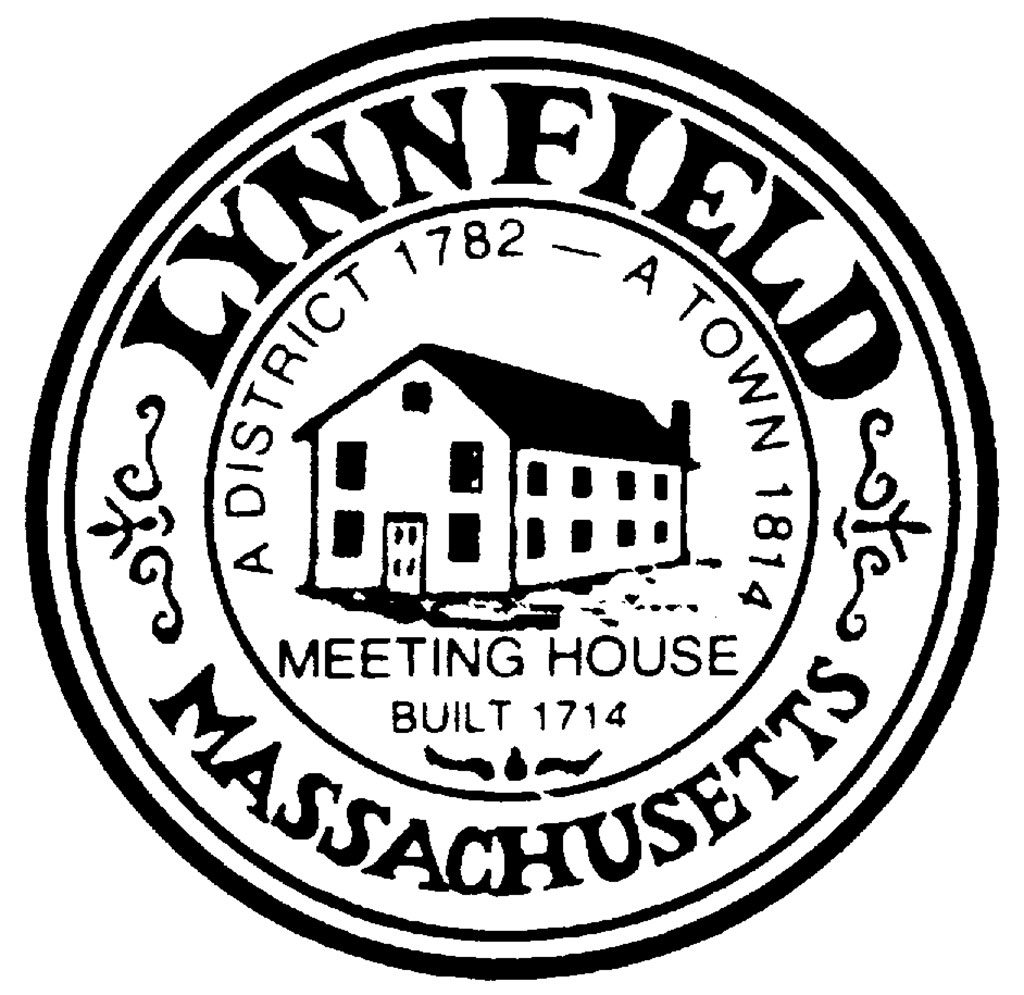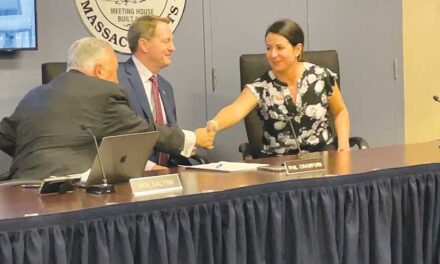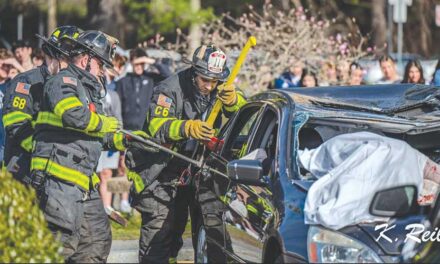Published November 25, 2020

By DAN TOMASELLO
LYNNFIELD — While the town has been classified as “yellow” by the Massachusetts Department of Public Health for the past three weeks, the number of novel coronavirus cases in Lynnfield continues to grow.
The Massachusetts Department of Public Health recently revised its COVID-19 Community Level Data Map. According to the map, a municipality will be given the “gray” classification if a community with a population between 10,000 and 50,000 residents has between less than or equal to 10 total cases. A community is designated as “green” if there are less than 10 average cases per a 100,000 population and/or has greater than 10 total cases.
The state will designate a community with a “yellow” classification if a municipality that has a population between 10,000 and 50,000 has greater than or equal to 10 average cases per a 100,000 population or greater than or equal to a 5 percent coronavirus positivity rate. A community will be given a “red” designation if there are greater than or equal to 10 average cases per a 100,000 population and a greater than or equal to a 5 percent positivity rate.
Fire Chief/Emergency Management Director Glenn Davis said there are currently 63 active cases of the novel coronavirus as of Friday, Nov. 20. He noted there have been 249 total cases since the start of the pandemic and 172 people have recovered from the virus. Fourteen residents have died from COVID-19.
Davis said the number of COVID-19 cases increasing in Lynnfield as well as around the state and country is troubling.
“We are concerned about the rising number of positive cases,” said Davis. “People need to continue following the state’s guidelines. With Thanksgiving this week, people need to think long and hard about visiting family members who don’t live in their household.”
Town Administrator Rob Dolan noted that the number of children and adolescents testing positive for the novel coronavirus is higher than this past spring.
“This virus is now affecting all age groups,” said Dolan.
Davis said the CDC has determined that, “Traveling increases one’s potential to be exposed to COVID-19 and of potentially spreading it to others.”
“Staying home and observing the holidays with those in your household or hosting a virtual celebration are the best ways to protect yourself and others from COVID-19,” said Davis. “It is important to note that small gatherings are also contributing to the recent rise in COVID-19 cases nationwide, according to the CDC.”
Davis said the CDC recommends several low-risk activities for people to do while celebrating Thanksgiving this year. In addition to holding a Thanksgiving dinner with people in their household, Davis said residents can prepare meals and provide a “contactless delivery to family and neighbors.” He also said people can host a virtual dinner.
If residents have Thanksgiving dinner with people they don’t live with, Davis said the Massachusetts Department of Public Health recommends that people wear a mask at all times except when eating or drinking.
“Wash your hands frequently with soap and water,” said Davis. “Practice social distancing and maintain 6-feet of distance from others. Be cognizant of those around you who may be at a higher risk of serious illness from COVID-19, including older adults and those with certain medical conditions. Those at a higher risk to become seriously ill from COVID-19, including older adults and those with certain medical conditions, are advised by the CDC to avoid in-person gatherings with those outside of your household.
“If you are hosting or attending an indoor gathering, open windows and doors to improve ventilation,” he continued.
Davis recalled that Gov. Charlie Baker reduced the number of people who can attend indoor and outdoor gatherings at private residences. He said indoor gatherings are limited to 10 people while outdoor gatherings are capped at 25.
“Additionally, residents are strongly urged to stay home if you or someone in your household currently has COVID-19, have symptoms of COVID-19, are waiting for COVID-19 test results and/or may have been exposed to someone with COVID-19 over the last 14 days,” said Davis.
Davis encouraged college students returning home to “get tested and limit interactions to those in their household where possible.” He also urged college students to “avoid contact with those at a high risk of serious illness from COVID-19, including older adults and those with certain medical conditions.”
“Those returning to Massachusetts are required by the state to complete the Massachusetts Travel Form and quarantine for 14 days or produce a negative COVID-19 test administered within 72 hours prior to your arrival,” said Davis.
State health officials added New Hampshire and Maine last Saturday to its list of states where travelers must quarantine or provide a negative coronavirus test if entering or returning to Massachusetts.
The two join 46 other states to be designated high risk by the state’s Department of Health. The agency says states are included on the list if they average more than 10 new COVID-19 cases per 100,000 residents.
Hawaii and Vermont are the only states still considered low risk that are exempt from the travel rules, which authorities have said can result in a $500-a-day fine for noncompliance.
— The Associated Press contributed to this report.




